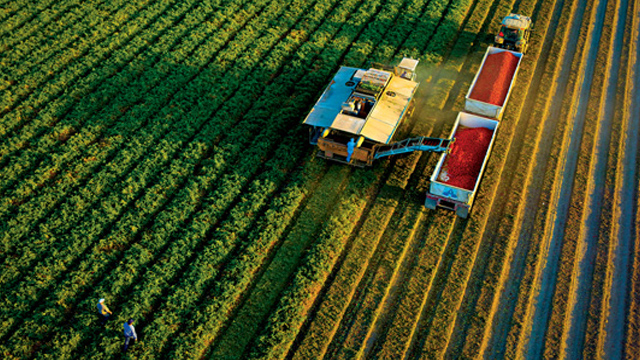Stretching 450 miles from Bakersfield north to Redding, California’s expansive Central Valley contains some of the most productive farmland in the world. The sun shines 300 days a year and the valley represents the world’s largest patch of Class A soil — the very best growing dirt there is.
So it doesn’t surprise us to learn that the area grows the majority of the produce consumed in America, and plenty for the rest of the world as well. But it’s no verdant paradise, as Mark Bittman discusses in NYT Magazine’s Food and Drink issue, out last Sunday:
The air, trapped between mountain ranges, stinks, and the pollution is consistently ranked among the most severe in the country. Worse, there are so many cows nearby in megadairies and feedlots that the air contains microscopic particles of dried dung, enough so that you can taste it.
… Then there’s the water and soil. On the west side of the valley, water is scarcer, and hundreds of thousands of acres can’t be farmed because of salt buildups (the land is naturally salty) and selenium from irrigation drainwater.
…Then there’s the toxic waste, meth labs and rampant unemployment, which is above 30 percent in some towns.
Nor is the Central Valley necessarily a welcome place for small-scale growers. Bolthouse Farms, which recently sold to Campbell’s for $1.65 billion, farms and manages 60,000 acres in the valley.
Bittman visited the area to see what, if anything, is being done to make farming in the “Land of a Billion Vegetables” more sustainable. Given the scope of Central Valley production, it’s an important issue for anyone who cares about food.
Read the article here.
(via NYT Magazine)
Photo: Harvesting tomatoes at the Red Rock Ranch in Five Points, Calif. (Vincent Laforet for The New York Times)
